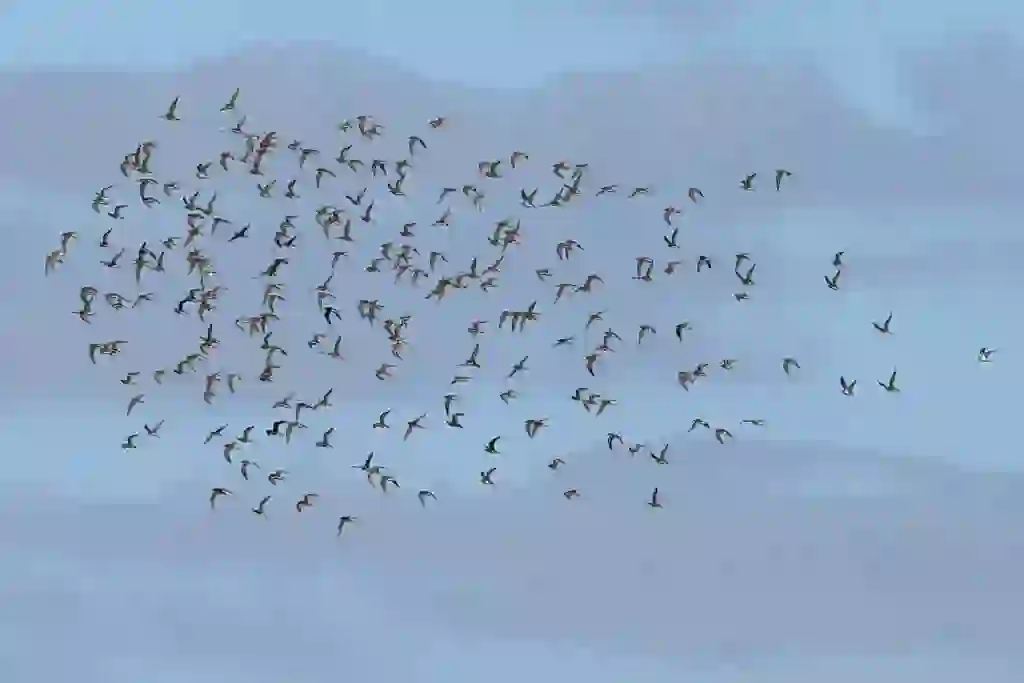
Snipe
Snipe
Snipe
Do you know the bird called the snipe? You may have seen it on seashores when the tide is out, but few people know that this bird is called a snipe. We will introduce the various types of snipes!
Snipe Basic Infomation
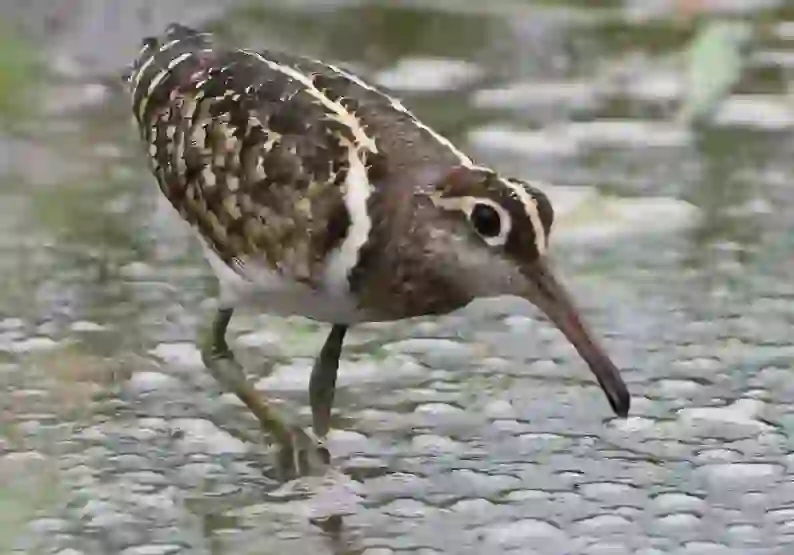
Class: Aves, Order: Charadriiformes, Family: Scolopacidae
Total length: approximately 12 to 66 cm
Snipes live all over the world including the African, North American, South American, and Eurasian continents. Being migratory birds, they change their living locations to overwinter, flying long distances from places like Russia and Alaska to Asia and Australia.
In Japan, they are often seen resting and feeding during their migration.
The back side is usually covered in dark gray or brown, while the belly is lighter. Such coloration allows them to blend into the background. This is known as countershading; when the back side is illuminated, the belly remains in shadow, blending in more effectively. As snipes are often found in open areas like tidal flats, this is crucial for their survival.
Many species have long necks, legs, and beaks, with the beak shape varying among species. It can be long and straight, curved downwards, upwards, short and thick, or spatula-shaped.
They have four toes, which provide stability and the ability to run quickly on land.
The term 'snipe' is a general name for birds in the Scolopacidae family, which includes many different species, hence the variations in body size and shape.
Snipe Q&A

What is the origin of the name 'Snipe'?
The snipe is known for making a loud noise with its wings when fluttering. It is said to have been called 'Shige' due to this noise, which evolved into 'snipe'.
Other theories include one that the name derived from 'Hashinagaki' (long beak) directly turning into a kanji character, and another that the action of flexing wings ('Shigoki') transformed into the name.
It's not certain which is correct, but the snipe is named after its characteristic movements and body features.
Interestingly, the kanji for snipe, '鴫', is a Japanese-made character, representing birds that come to rice fields, a direct symbol of the snipe.
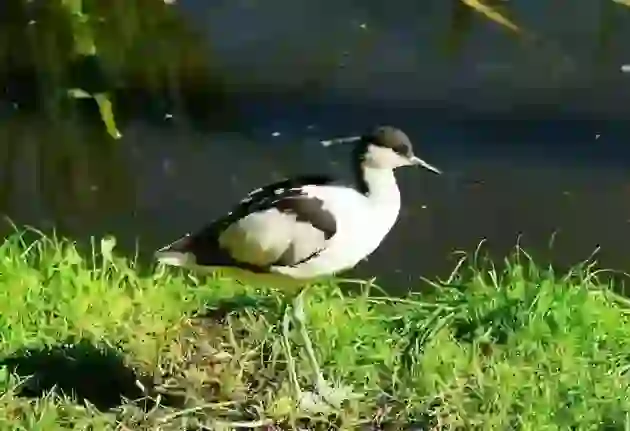
Why do snipes live there?
Snipes prefer slightly moist locations, hence they inhabit marshes, tidal flats, freshwater areas, and grasslands. Their preferred habitats vary due to their preferred prey. Different places yield different prey.
In Japan, these places are stops on their migratory route—much like rest areas for humans. The type of stopover sites and food preferences dictate where they pause.
Commonly seen species in Japan include the Common Snipe, the Spotted Redshank, and others, each frequenting different regions from Kyushu to Hokkaido.
While I have mentioned that snipes are migratory, some species like the Woodcock and the Japanese Woodcock are actually residents in Japan.
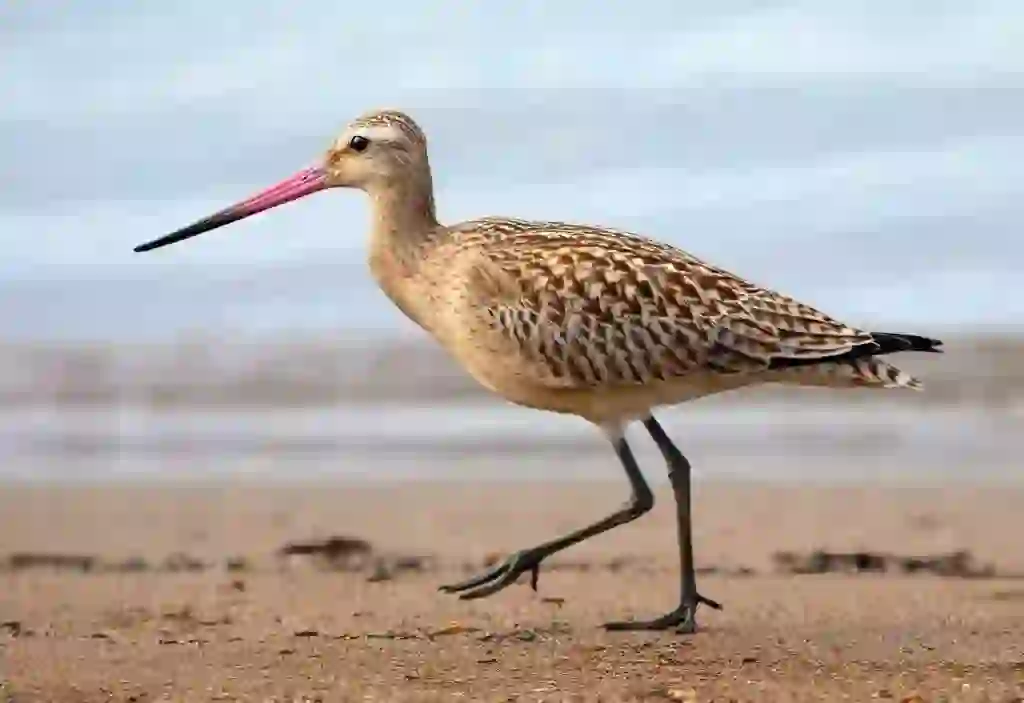
What do snipes eat?
Snipes mainly consume mollusks, crabs, worms, and insects. Recent studies have shown that some smaller species also feed on microorganisms found in marine sediment.
Despite their long beaks appearing rigid, the tips are quite flexible, allowing them to adjust as needed to capture food, which they locate via sensory nerves within the beak rather than by sight.
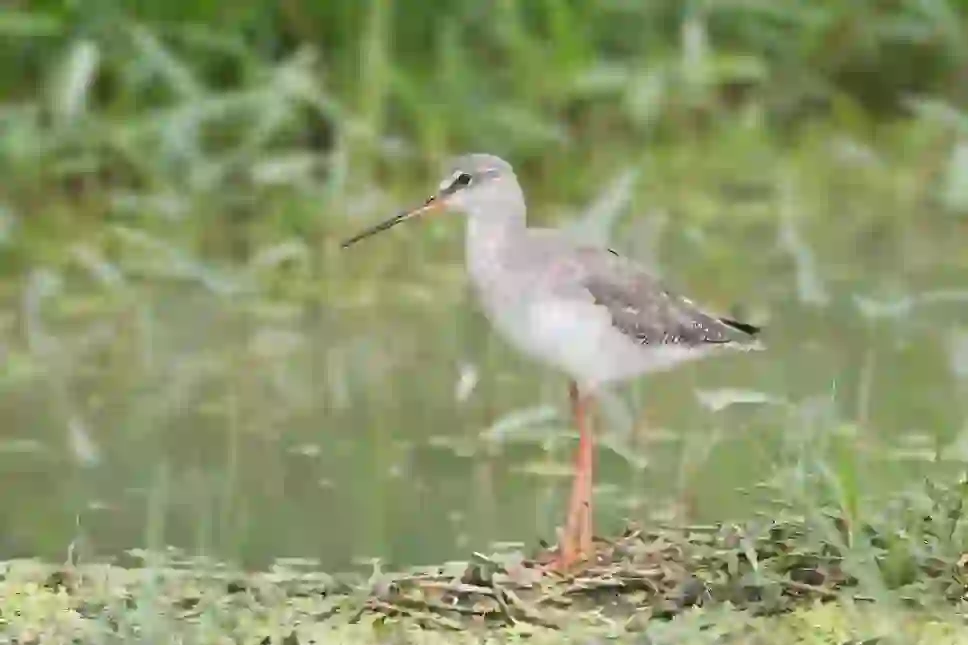
How do snipes reproduce?
Snipes have a short breeding season. Upon arriving at their breeding grounds, they quickly find a mate. Males establish territories, which vary in size depending on the species. Some do not establish clear boundaries, leading to communal nesting.
They build nests using leaves and twigs, where they lay up to four eggs. Incubation involves both parents and lasts about four weeks.
During this period, they employ various tactics to distract predators from their nests, showcasing an impressive range of defensive behaviors.

How far can snipes fly?
As previously mentioned, snipes are capable of very long-distance flights, covering up to 10,000 km one way annually. Their flight patterns vary by species, with some capable of flying 3,000 to 4,000 km in a single stretch, equivalent to flying from Tokyo to places like the Philippines or Thailand.
Research has shown that migratory snipes manage their energy consumption more efficiently than non-migratory species, indicating a highly adapted physiology for long-distance travel.

Is it safe for snipes to fly such long distances?
Flying long distances is inherently risky, which is why snipes often migrate in large flocks. This strategy increases the number of eyes available to spot danger, allowing for quick collective responses to threats.
Despite the potential for delayed communication in large flocks, snipes have evolved highly efficient means of danger recognition and response, akin to a form of telepathy, allowing them to rapidly change direction in flight as a group.

Are snipes endangered?
Snipes are currently classified as near-threatened. Although not immediately at risk of extinction, their numbers are declining due to various factors including hunting, habitat loss due to urban development and climate change, and disruptions caused by construction along migratory routes.
Conservation efforts are crucial and require international cooperation to ensure the survival of these widely migratory birds.
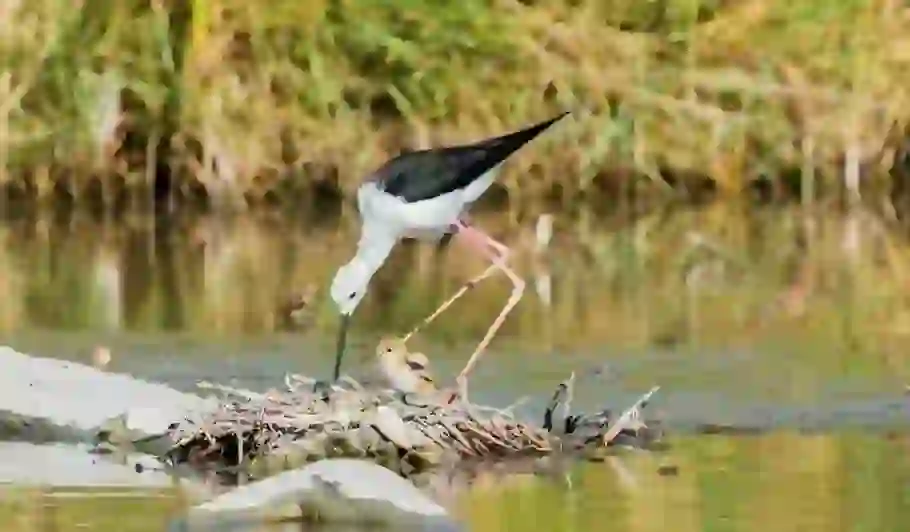
Has the snipe been featured in poetry?
Snipes have been a part of Japanese culture and poetry since ancient times, featured by many poets and in proverbs. One famous poem by Saigyo reflects on the poignant scene of a snipe at dusk.
The proverb 'A snipe and clam quarrel benefits the fisherman' illustrates how external parties often reap the benefits from conflicts between others, highlighting the snipe's role in cultural expressions.

Would you like to become a part of the 'Animalbook.jp'?
Turn your knowledge into Q&A and share it with the world. ※Publication will be activated after purchase. Let's share information together!
Snipe Type of List

[Makibashigi Genus]
・Makibashigi
[Daishakushigi Genus]
・Koshakushigi
・Eskimo Koshakushigi
・Chushakushigi
・Harimomo Chushak
[Ogroshigi Genus]
・Oosorihashishigi
・Ogroshigi
・American Ogroshigi
・Omerica Oosorihashishigi
[Kyojoshigi Genus]
・Kyojoshigi
・Kurokyojoshigi
[Tsuamotsutsugi Genus]
・Tsuamotsutsugi
・Tahiti Shigi
[Obashigi Genus]
・Obashigi
・Koobashigi
・Araiso Shigi
・Erimaki Shigi
・Kiri'ai
・Uzura Shigi
・Saruhamashigi
・Ashinaga Shigi
・Ojiro Tounen
・Hibarishigi
・Tounen
・Hera Shigi
・Myubishigi
・Hamashigi
[Sorihashishigi Genus]
・Sorihashishigi
[Hireashishigi Genus]
・Akaeri Hireashishigi
・Haiiro Hireashishigi
[Iso Shigi Genus]
・Iso Shigi
・American Iso Shigi
[Kusashigi Genus]
・Kusashigi
・Koshiguro Kusashigi
・Kiashishigi
・Meriken Kiashishigi
・Tsuru Shigi
・Ookiashishigi
[Koshigi Genus]
・Koshigi
[Oohashishigi Genus]
・American Oohashishigi
・Oohashishigi
・Siberia Oohashishigi
[Yamashigi Genus]
・Yamashigi
・Amami Yamashigi
・Minami Yamashigi
・Celebes Yamashigi
・Obi Yamashigi
・American Yamashigi
・Andes Tashigi
・Hashibuto Tashigi
・Sejimata Tashigi
[Mukashijishigi Genus]
・Chatham Mukashijishigi
・Mukashijishigi
[Tashigi Genus]
・Aoshi Shigi
・Ooji Shigi
・Moriji Shigi
・Tashigi
・Hario Shigi
・Chuji Shigi
・Oni Tashigi, etc.
Information
Congratulations! You are the first commenter!

Create Your Favorite List!
Snipe
Save the animals you love! Build your own list to quickly revisit your favorites later.

Would you like to leave a comment?
※Please note: This is for the purchase of rights to post comments within the article.
Find Your Favorites!
Our shop offers a unique and attractive selection of goods themed around various animals.
Snipe References

- Wikipedia https://ja.wikipedia.org/wiki/シギ科
- コトバンク シギ https://kotobank.jp/word/シギ-72542
- コトバンク 漁夫の利 https://kotobank.jp/word/漁夫の利-479910#:~:text=漁夫の利-,他人の争いごとに乗じて、何,苦もなく得る利益。&text=[解説] 「 鷸 いつ 蚌,という故事が見えます。
- サントリーの愛鳥活動 https://www.suntory.co.jp/eco/birds/encyclopedia/detail/1464.html
- 図鑑.jp https://i-zukan.jp/columns/31
- ショアバーズ ステッピング ストーンズ(SSS)−仮サイト http://www.bird-research.jp/1_katsudo/waterbirds/shigitidori/shigi-site/src/shorebirds.html
- BUNA Bun-ichi Nature Web Magazine https://buna.info/article/2907/#:~:text=名前の由来は、シギ,されていたようだ。
- 日本辞典 http://www.nihonjiten.com/data/45801.html
- 古代史に登場する鳥 http://ksserigala.blog.fc2.com/blog-entry-10.html
- サントリー世界愛鳥基金 http://www.koueki-suntory-aityou.jp/topics/1612.html
- mililie https://mililie.com/shigi/
Snipe Introduction of media used
出典:https://pixabay.com/videos/id-396/

出典:https://pixabay.com/images/id-1619978/

出典:https://pixabay.com/images/id-944883/

出典:https://pixabay.com/images/id-3292319/

出典:https://pixabay.com/images/id-3841667/

出典:https://pixabay.com/images/id-7450624/

出典:https://pixabay.com/images/id-2591506/

出典:https://pixabay.com/images/id-3258891/
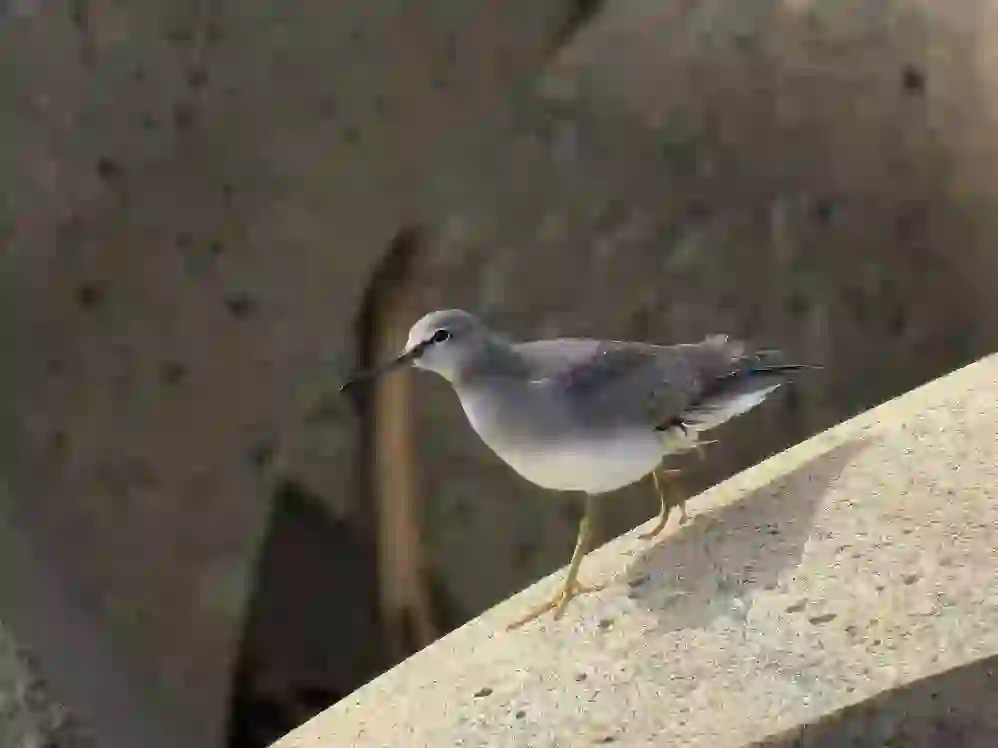
出典:https://pixabay.com/images/id-4471616/
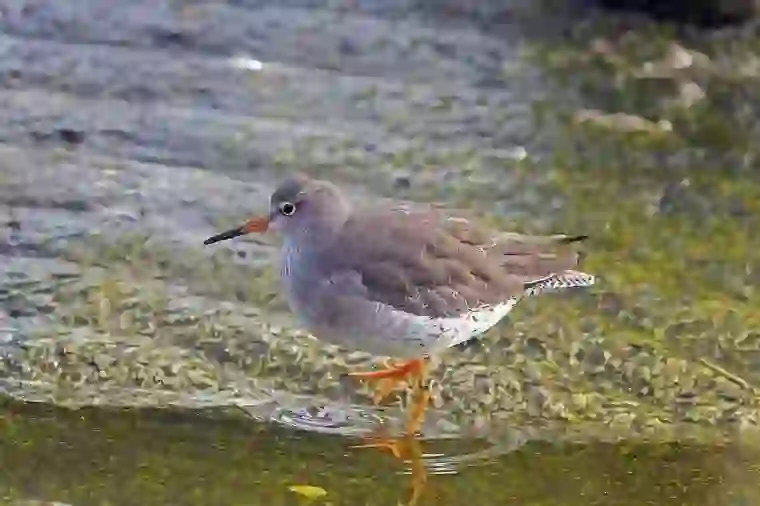
出典:https://pixabay.com/images/id-4617867/

Help Enrich Our Animalbook.jp with Your Media!
We are constantly looking to expand and enrich our Animalbook.jp with amazing photos and videos of animals. If you have any media that you'd like to share, please contribute and help us showcase the beauty and diversity of the animal kingdom. Your submissions will be credited and featured in our encyclopedia, reaching a wide audience of animal lovers.
















